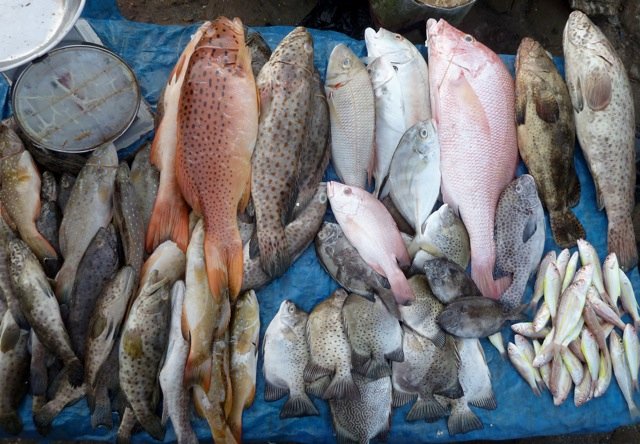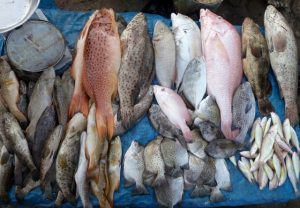Piensale al pescado: What fish is on your plate?

As Latinos we eat all kind and type of fish—at least as reflected how I grew up and based on the menus of any typical Mexican or Latino restaurant.
There are ceviche plates, mojarra frita, caldos, and a host of variations with grilling, frying, and soups. Of course, it does not stop at fish—shrimp, octopus, oysters, and other seafood are part of the mix.
Some of us even venture into other cultures and delight in things like sushi—though others, such as my father, steer clear. “Esta crudo, it’s raw!”
But something to note is that I hardly recall my family thinking about whether the fish for dinner was sustainable, or if there was an awareness of where it came from. More and more so this matters because some fish is not sustainably harvested, some fisheries have collapsed, and in other cases, the fish we think we are eating is not exactly what we think it is.
Two recent articles highlight this—issues that Latinos should take notice and add to their environmental awareness.
The first article, from the Daytona Beach News Journal, points out how Peruvian fishermen catch less and less Peruvian anchovy—an important food for local communities and export. It is a problem because there will just not be enough fish to go around. As the article notes:
“Not only has overfishing of the Peruvian anchovy, or anchoveta, battered the industry that makes Peru far and away the world’s No. 1 fish meal exporter, it has also raised alarm about food security in a nation that had long been accustomed to cheap, abundant seafood.”
The irony is that much of that fish is turned into meal to feed other fish or farm animals—this is a common complaint against fish farms that use wild caught fish to feed farmed fish. It is also a problem because the wild caught fish may be better nutritionally than the farmed fish—and it can reproduce faster. Instead of feeding the small fish to the big fish, we should probably just eat the small fish.
Related to that is a story on Slate, Are you Eating What You Think You are Eating?
The focus is on how true fish labeling is—whether if it says salmon, then you are actually getting salmon. This matters on two points, among several. First is that if we are eating fish that is mislabeled and actually unsustainable, then we continue to do ecological harm. Second, from a consumer standpoint, it may be unsafe and illegal.
It also points to how, as we consume and run out of a certain specie, we “market” a new fish for our plates. A classic example is Chilean Sea Bass, which is actually the Patagonian toothfish. But with a name like that, and matching looks, it was deemed better to change the name to market to consumers. Even so, you may not be getting Chilean Sea Bass.
Same thing when you go for “white fish”, which can be a host of species.
Point is that we are devastating the ocean with our love for fish, from apex predators like sharks down to food web to the plankton. But it is important to note that the fish need a break and we need to “eat smarter” if we want to continue to enjoy fish on our plates. As Latino consumers, it is worth it to take a bit of time to consider how we are part of the solution. We can vote with our ballots but also with our dollars, and continue to frame sustainable fishing with a Latino voice. Part of that is making the effort to stay informed (think critically!) and following up with actions.
Add to this the debate on whether to consume genetically modified (GMO) salmon, and you may need to take a second look at those fish tacos or caldo de pescado.
[Photo by NOAA]

